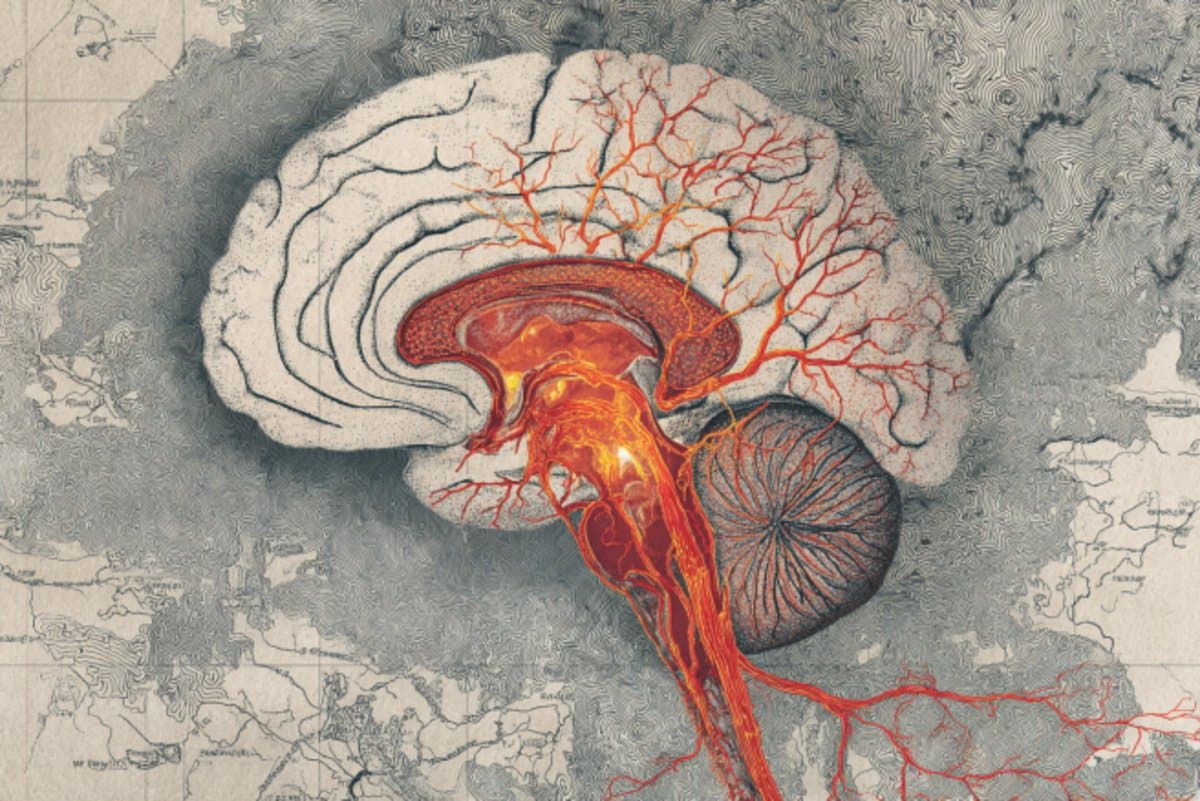
The Lingering Shadow of Depression: Brain Activity Reveals Clues to Relapse
Depression’s high relapse rate—up to 80% within five years—has long puzzled researchers. A groundbreaking study sheds light on this persistent vulnerability, identifying persistent brain abnormalities even after symptom remission.
The Habenula’s Role in Relapse Risk
The study, published in Biological Psychiatry: Cognitive Neuroscience and Neuroimaging, focused on the habenula, a brain region crucial for processing aversive signals (negative feedback and punishment). Researchers used fMRI to examine brain activity in remitted depression patients and healthy controls during an aversive learning task.
Persistent Hyperactivity and Reduced Connectivity
The findings revealed two key abnormalities in remitted depression patients:
-
Increased Habenula Activity: During the anticipation of unpleasant outcomes, remitted depression patients exhibited significantly heightened habenula activity compared to healthy controls. This suggests a persistent heightened sensitivity to negative cues and punishment.
-
Reduced Reward Circuitry Connectivity: The study also found diminished connectivity between the habenula and the ventral tegmental area (VTA), a brain region essential for dopamine production and reward processing. This reduced connectivity may indicate difficulty regulating responses to stress and negative experiences.
Implications for Understanding and Preventing Relapse
These persistent brain changes provide crucial insights into the high relapse rates observed in depression. The heightened sensitivity to negative stimuli and impaired reward processing may create a vicious cycle, making individuals more vulnerable to future depressive episodes.
Future Directions: Improved Identification and Targeted Interventions
The study’s findings have significant implications for the development of improved diagnostic tools and targeted interventions. Future research may focus on:
-
Identifying Biomarkers: Developing more accurate biomarkers to identify individuals at high risk of relapse based on habenula activity and connectivity patterns.
-
Targeted Therapies: Developing novel therapeutic strategies aimed at normalizing habenula activity and restoring healthy connectivity within reward circuits. This could involve neuromodulation techniques or medications targeting specific neurotransmitter systems.
The Broader Context of Depression Research
This research contributes to a growing body of evidence highlighting the complex interplay between brain structure, function, and behavior in depression. Understanding the persistent neural changes associated with relapse is crucial for developing more effective and personalized approaches to treatment and prevention.
Conclusion: Hope for Improved Long-Term Outcomes
While depression relapse remains a significant challenge, this study offers valuable insights into its underlying neurobiological mechanisms. By focusing on the persistent abnormalities in the habenula, researchers are paving the way for better tools for identifying at-risk individuals and developing targeted interventions that could significantly improve long-term outcomes for those affected by depression.





.png?width=1200&height=630&fit=crop&enable=upscale&auto=webp)
